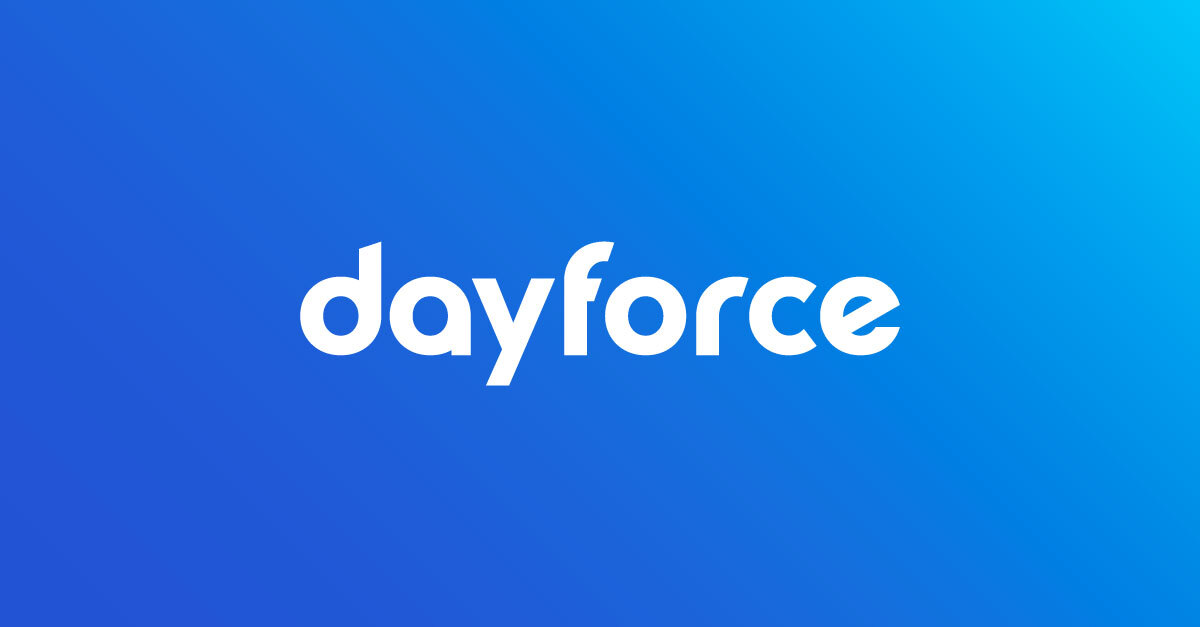Experts share how to build a winning talent strategy in 2025
Today’s talent strategies have to continually evolve to keep pace with the ever-changing world of work. We asked some of our valued Dayforce partners to share their insights on what it will take to build a winning talent strategy in 2025.

Think of the best gardener you know as they gear up for the growing season ahead. They don’t just throw things in the ground and hope for the best. They carefully select plants, choose the right location for planting, and ensure the soil is just right. They know that some plants will grow immediately, others will need extra care, and a few may not be the right fit. But with the right strategy, the garden flourishes over time.
Talent strategy is no different. Companies that take a thoughtful, long-term approach to hiring, development, and team structure don’t just react to challenges, they grow through them. They cultivate skills, nurture leadership, and ensure every hire strengthens the overall ecosystem.
So how can leaders build a talent strategy that doesn’t just fill roles but fosters lasting success? We asked some of our valued Dayforce partners to share their best insights for 2025.
Simran Deol, Senior Manager of People Consulting, EY
Creating a successful talent strategy in 2025 will require organizations to lean heavily into digital transformation and data-driven decision making. The integration of advanced technologies such as artificial intelligence, automation, and data analytics will transform job roles and processes, enhancing productivity and efficiency. And winning organizations will be those that leverage data to inform HR decisions, improve employee engagement, and enhance overall organizational performance.
I see two key areas where technology can play a really crucial role in reshaping talent strategies. The first is talent acquisition. AI and automation are streamlining the recruitment process by automating time-consuming tasks like resume screening and candidate matching, allowing HR teams to focus on more strategic work that adds more value to the business.
The second area is performance management. Today’s HCM technology can enable continuous performance management through tools that facilitate real-time feedback, goal tracking, and performance reviews. Additionally, performance analytics can help organizations identify top performers and make informed decisions about talent development and promotions.
Just be sure that you aren’t relying too much on AI-driven hiring tools. The key is to balance human judgment with AI-driven insights to create effective and fair hiring processes.
Akaena Ballesteros Client Relations Manager, Magnisol
As industries evolve, the demand for specific skills will outweigh the need for formal education. Companies will look for candidates with relevant skills and experience, leading to the rise of skills-based hiring. This will create a massive shift in how organizations approach their talent strategies.
Fortunately, technology can help support this evolution. For one, artificial intelligence can streamline recruitment processes by automating candidate screening and matching candidates to roles based on skills and experiences. Additionally, AI-driven tools can personalize employee development plans, enhancing career growth opportunities.
And I’ve seen many organizations leveraging advanced analytics to successfully inform their talent acquisition and retention plans. By analyzing employee performance data, engagement levels, and market trends, companies can make informed decisions to attract and develop talent.
At the same time, as part of their talent strategy, companies should foster a culture of continuous learning that encourages employees to upskill and reskill. This adaptability not only enhances employee satisfaction but also prepares the organization for the future.
Jennifer Southworth, Principal, RSM US LLP
Talent strategies have become top objectives for organizations in the last few years. In the past, HR teams struggled to collect data and identify trends within their employee populations because information was often stored across multiple systems. Today’s technology allows those same teams to see data in real time, provide reports to key decision makers, and evaluate information in new ways.
But there are still challenges. The biggest one I see is that today’s candidates have more options than ever. With remote and hybrid work being so prevalent, many candidates in a variety of roles are not limited to their local market. Employers now need to identify and highlight organizational perks beyond wages and benefits that will appeal to and attract the talent they are looking to hire.
And too often, even when organizations can hire successfully, retaining workers may become a challenge. A solid people strategy has to encompass the whole employment lifecycle. By engaging all levels of experience and company tenure and taking time to understand what is important to them, organizations can better cultivate talent within their business.
Talent strategies will forever be evolving, but one thing that hasn’t changed is the importance of connecting with your people. When you invest time in your people, they feel valued and inspired to help grow the organization. That always proves to be a priceless investment.
Building a winning talent strategy in 2025 isn’t just about hiring the right people, it’s about thinking ahead, staying agile, and creating a workplace where employees can succeed. Now it’s time to put these expert tips into action.
You may also like:
Ready to get started?

